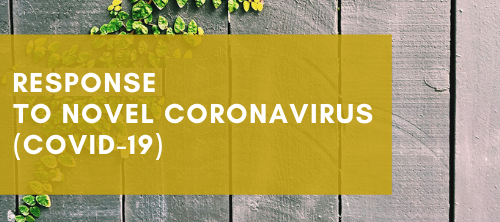Key points of this research results
- Starting international experimental collaboration, SAPPHIRES to search for light dark matter candidates such as Axions.
- Proved a feasibility and a potential extension of the experimental way to search for light dark matter candidates by colliding optical photons in a focused laser field with additional induced laser field.
Outline
SAPPHIERS, an international joint experiment, has started to search for Axion-like particles (ALPs), light dark matter candidates, by colliding optical photons among a focused laser field (creation beam) by adding an inducing laser field (inducing beam), and the results of this search were published. In the induced photon-photon scattering, an ALP can be directly created and induced its decay into photons resulting in a frequency-shifted photon as the observable.
It was found that the contribution from residual atoms in the experimental vacuum vessel, as the largest background, disappeared if the pressure inside the vessel was below 10-5 atmospheric pressure, and at even lower pressures, no signal photon was observed. Therefore, no intervention of ALPs was identified in this search, by which new exclusion regions on the coupling-mass relation of ALPs have been settled.
This search corresponds to a preliminary search for understanding and quantifying potential background events, and the sensitivity will be dramatically improved by increasing the intensity of the laser pulses in the future.

Paper Info
Journal:Journal of High Energy Physics
Title:Search for sub-eV axion-like resonance states via stimulated quasi-parallel laser collisions with the parameterization including fully asymmetric collisional geometry
Authors: Kensuke Homma*1, Yuri Kirita*1, Masaki Hashida*2,*3, Yusuke Hirahara*1, Shunsuke Inoue*2,*3, Fumiya Ishibashi*1, Yoshihide Nakamiya*4, Liviu Neagu*4,*5, Akihide Nobuhiro*1, Takaya Ozaki*1, Madalin-Mihai Rosu*4, Shuji Sakabe*2,*3, Ovidiu Tesileanu*4 Affiliations: 1. Graduate School of Advanced Science and Engineering, Hiroshima University, Kagamiyama, Higashi-Hiroshima, 739-8526, Japan 2. Institute for Chemical Research, Kyoto University, Uji, Kyoto, 611-0011, Japan 3. Graduate School of Science, Kyoto University, Sakyouku, Kyoto, 606-8502, Japan 4. Extreme Light Infrastructure-Nuclear Physics (ELI-NP) and Horia Hulubei National Institute for R&D in Physics and Nuclear Engineering (IFIN-HH), 30 Reactorului St., P.O. Box MG-6, RO-077125, Bucharest-Magurele, Judetul Ilfov, Romania 5. National Institute for Laser, Plasma and Radiation Physics, 409 Atomistilor, P.O. Box MG-36, 077125, Magurele, Judetul Ilfov, Romania DOI: 10.1007/JHEP12(2021)108

 Home
Home



